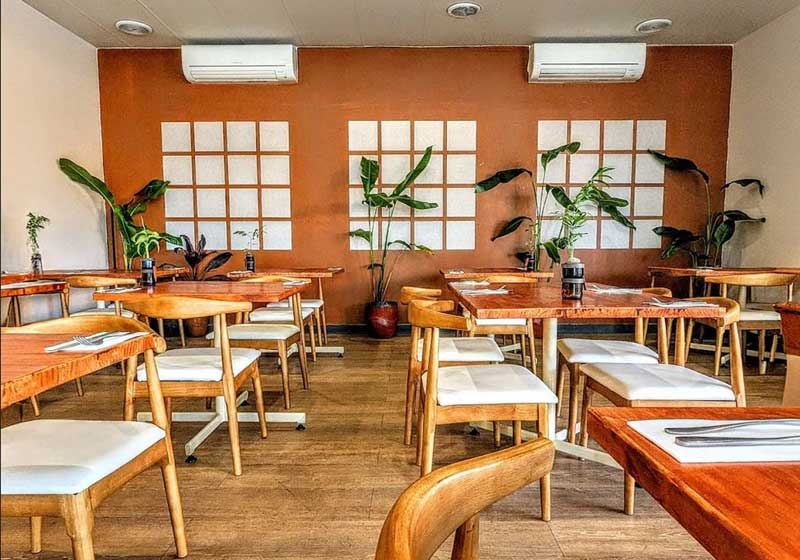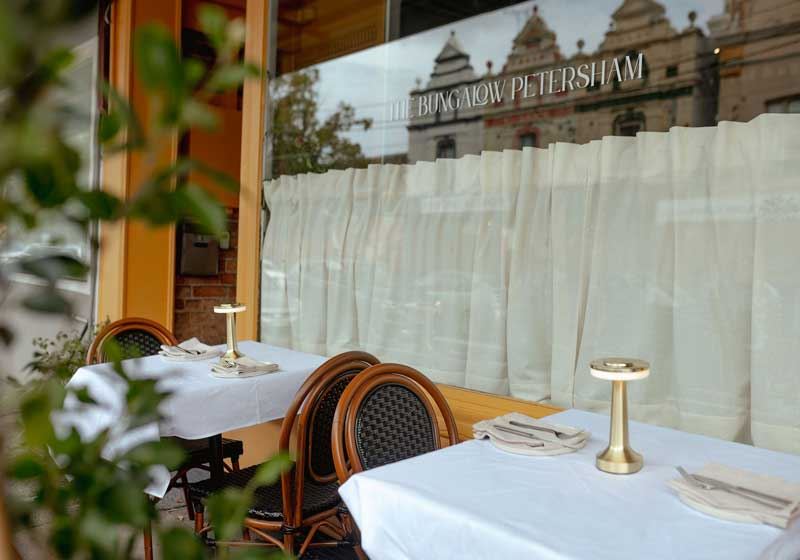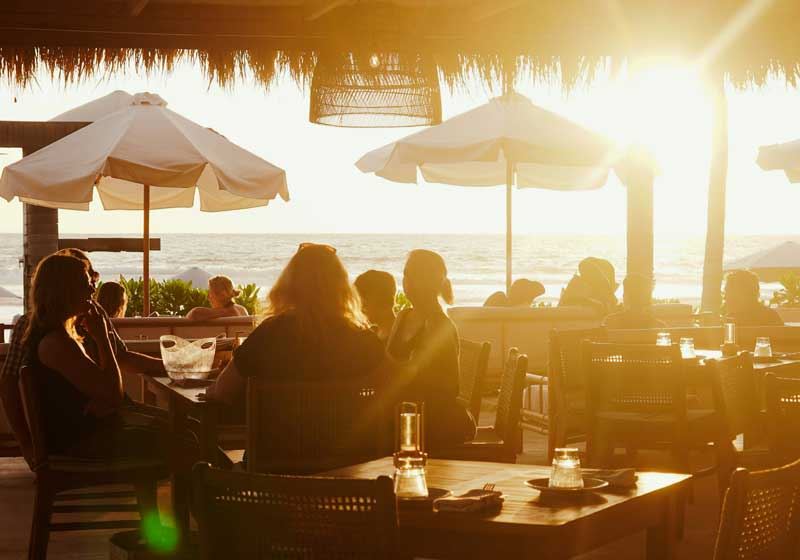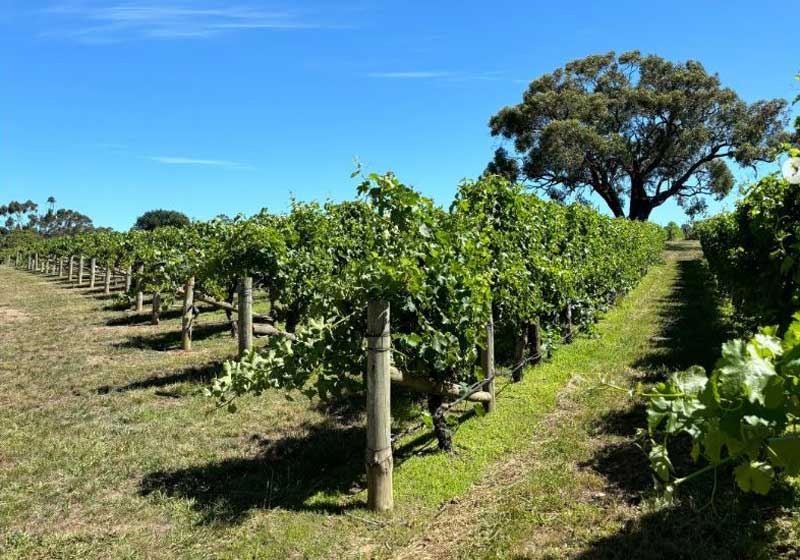By Joseph Steele.
Mediterranean cheese-making is a narrative of legacy and landscape. The region is blessed with an array of unique land profiles, all contributing to a diverse cheese selection. From the rugged Peloponnese to the verdant valleys of Sicily, craft cheese mirror the environmental and cultural idiosyncrasies.
The journey from pasture to plate begins with premium local milk – sourced from sheep, goats and cows grazing on flora-rich terrains. The terroir-laden milk is then meticulously transformed into cheese, employing traditional methods that often favour raw milk to imbue the final product with unparalleled flavour and texture.Halloumi, while a well-known variety, conceals nuances often overlooked. The traditional Cypriot cheese is crafted from a mix of goats' and sheep’s milk, with cow’s milk occasionally joining the blend. Known for its firmness and high melting point, halloumi is ideal for grilling and frying. A slightly springy texture, with a salty bite, halloumi offers a mild, milky flavour with earthy hints of the terroir.
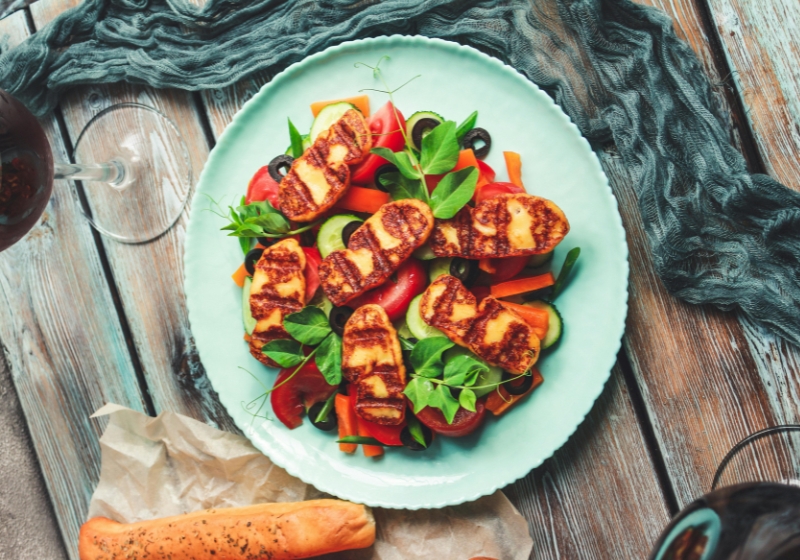
Originating from the Levant, labneh is a yoghurt-based cheese that is known for its creamy consistency. Gaining popularity over the years, this versatile cheese serves excellently as a dip or spread when enriched with olive oil, herbs and garlic. Creamy and tangy, with a smooth finish that leaves a refreshing zing on the palate, it is a great addition to your mezze. We have a great recipe for labneh here, it’s surprisingly easy to make.
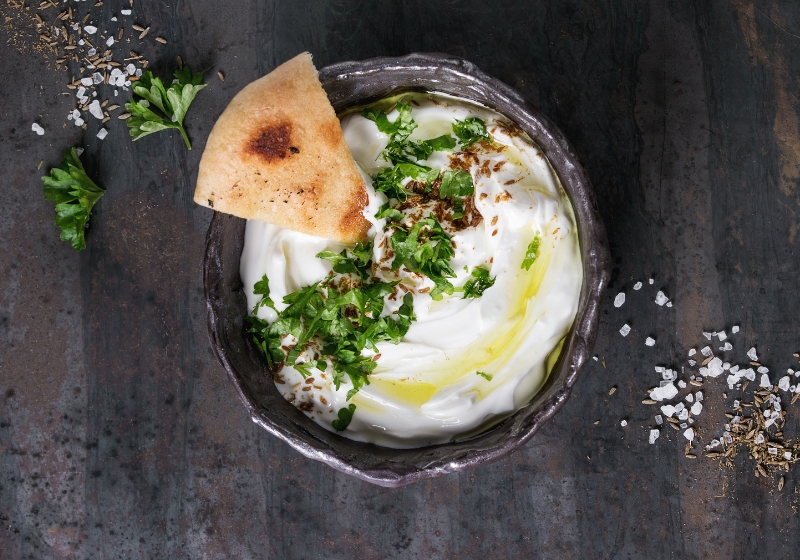
Pecorino Sardo is often shadowed by Pecorino Romano. Hailing from Sardinia, Pecorino Sardo presents a nuttier, less salty alternative. Born from the diverse Sardinian ecosystem, this sheep’s milk cheese offers a rich, buttery flavour profile with hints of nuttiness with a pleasant earthy finish at the back of the palate.
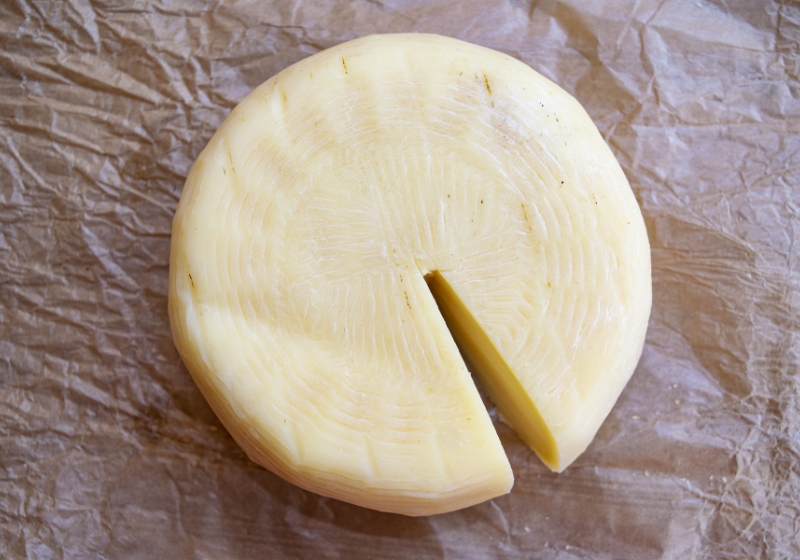
The earthy, nuanced flavours of Pecorino Sardo are elegantly complemented by the hearty, slightly spicy notes of a Grenache. Ideally, you would go for a Sardinian Grenache, but a spicy Grenache from the Barossa will work perfectly. The pairing reflects the rustic elegance of Sardinia.
Manouri is a semi-soft, whey cheese from Greece and is arguably the unsung hero of the Greek cheese repertoire. Manouri impresses with a smooth, buttery richness and is an exquisite addition to both savoury and sweet dishes. Easily recognisable for its slightly granular texture, the divine cheese is mild and ever-so-slightly sweet. Delicate and creamy, when you see the cheese, get it.

These dairy jewels are an enduring legacy of the vibrant culture and traditions of the Mediterranean. Some are more well-known, while others remain as hidden gems begging to be uncovered.


